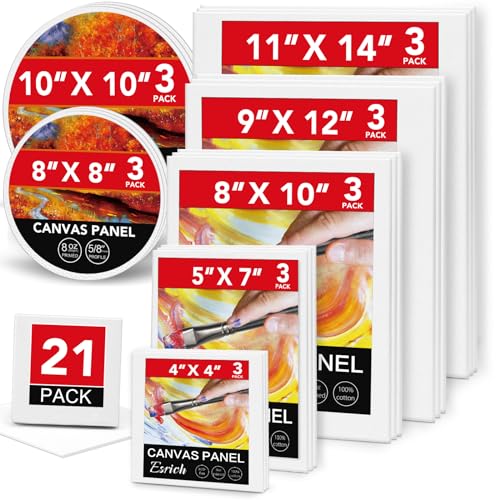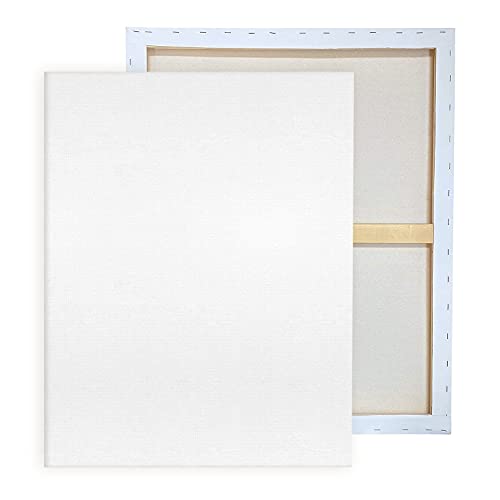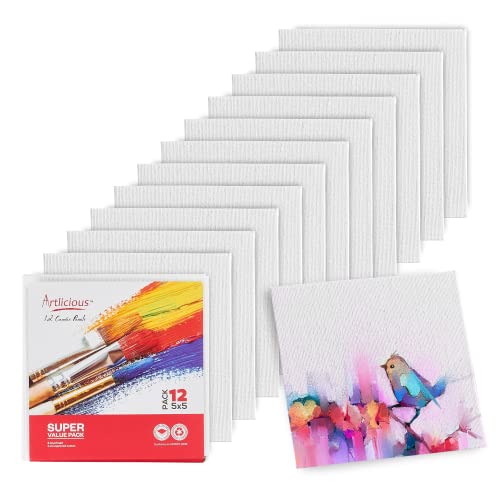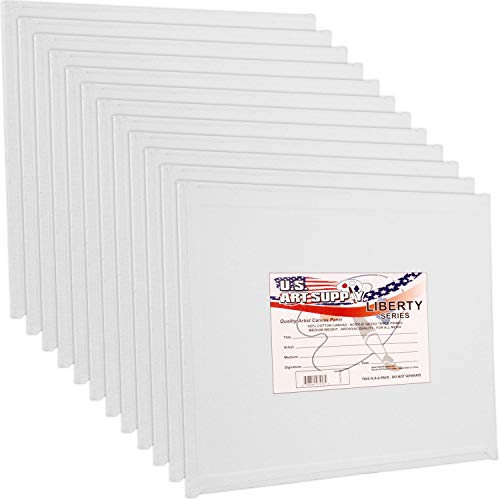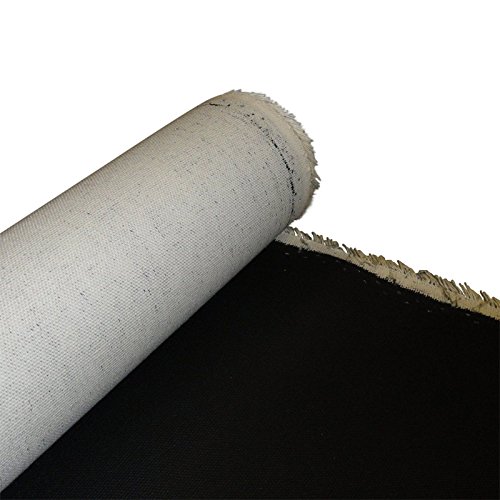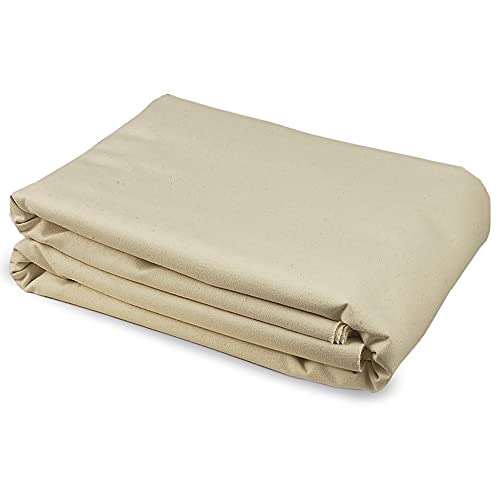Canvas boards, often overlooked in favor of stretched canvases or traditional paper, are versatile and underrated champions in the world of art. These rigid, yet lightweight surfaces offer artists unique advantages, allowing them to explore various mediums and techniques. In this article, we will unveil the distinct features of canvas boards, their applications, and why they deserve a place in every artist's toolkit.
Canvas Boards: A Brief Introduction
Canvas boards are rigid panels with a canvas-like surface, typically mounted on a sturdy backing. They provide an excellent alternative to stretched canvases and traditional paper, combining the best of both worlds. Canvas boards offer the texture of canvas and the stability of a solid support, making them ideal for a wide range of artistic endeavors.
Advantages of Canvas Boards
Durability: Canvas boards are more robust and less prone to damage compared to traditional stretched canvases. Their rigid structure prevents warping, making them suitable for various environments and storage conditions.
Convenience: Unlike stretched canvases, canvas boards are lightweight and easily transportable. Artists can work on them without the need for additional framing or support, simplifying the creative process.
Texture: Canvas boards feature a canvas-like texture that enhances the appearance of artworks, especially when using mediums like acrylics or oils. The texture adds depth and character to the final piece.
Versatility: Canvas boards are compatible with a wide range of art mediums, including acrylics, oils, watercolors, gouache, and mixed media. Artists can experiment with different techniques on a single canvas board.
Economical: Canvas boards are often more cost-effective than stretched canvases. They offer a high-quality surface without the added expense of a wooden frame and canvas stretching.
Applications of Canvas Boards
Painting: Canvas boards are widely used for painting, particularly with acrylics and oils. The textured surface allows for brushstrokes and layering, while the rigid support prevents the canvas from sagging or warping.
Sketching and Drawing: Artists can use canvas boards for pencil, charcoal, ink, and pastel drawings. The surface provides enough tooth for these dry media to adhere effectively.
Mixed Media Art: Canvas boards are excellent for mixed media projects, where artists combine various materials and techniques to create multidimensional artworks.
Collage: Collage artists can adhere paper, fabric, or other materials onto canvas boards, creating dynamic compositions.
Watercolor and Gouache: While not traditionally associated with canvas, some canvas boards are specially treated to handle watercolors and gouache. They offer the stability of a rigid surface with the absorbency required for these water-based mediums.
Canvas Boards: Tips for Artists
Priming: Some canvas boards come pre-primed with gesso, while others may require an additional layer. Priming helps seal the surface, allowing paint and other media to adhere better.
Sizing: Canvas boards come in various sizes and thicknesses. Consider the size and weight of the board based on your project's requirements.
Storage: Canvas boards are less susceptible to damage from environmental factors like humidity and temperature fluctuations. However, it's essential to store them flat to prevent warping.
Framing: While canvas boards can be displayed without frames, artists have the option to frame them if desired. Frames can enhance the presentation and protection of the artwork.
Canvas boards, often overshadowed by stretched canvases and traditional paper, are hidden gems in the world of art. Their versatility, durability, and convenience make them valuable tools for artists across various mediums and styles. Whether used for painting, drawing, mixed media, or collage, canvas boards offer a reliable surface that supports artistic experimentation and expression.
As artists explore the potential of canvas boards, they discover the unique advantages these surfaces provide. Canvas boards are not just rigid supports; they are canvases waiting to come to life with the stroke of a brush, the mark of a pencil, or the layering of colors. Their unassuming presence in the art world belies the creative potential they hold, making them a worthy addition to any artist's creative arsenal. Canvas boards are more than just a surface; they are a canvas for artistic expression, waiting for artists to unlock their full potential.
